Drosera Rotundifolia Seeds - how to grow!?
daveyjones
16 years ago
Related Stories
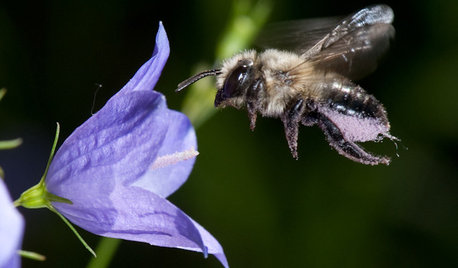
NATIVE PLANTSGreat Design Plant: Color Outside the Lines With Bluebell Bellflower
Plant this Campanula on pathway and patio edges for shots of bright blue from May through September
Full Story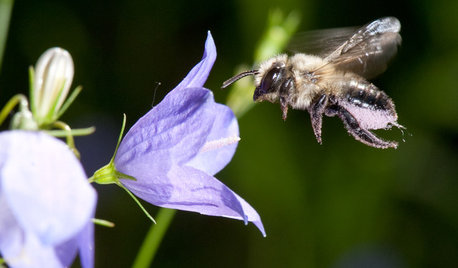
GARDENING GUIDESPut Out the Welcome Mat for Leafcutter Bees in Your Garden
Provide a diversity of flowering plants from spring through fall for these charismatic native bees, and you won’t be disappointed
Full Story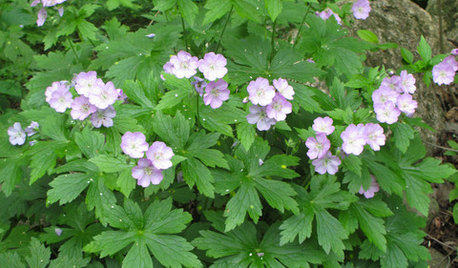
NATIVE PLANTS10 Essential Native Perennials for the Great Lakes and Upper Midwest
These adaptable native plants thrive in a variety of conditions and will provide flowers throughout the season
Full Story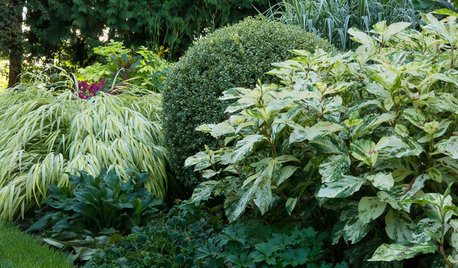
PLANTING IDEASGreat Garden Combo: Play With Foliage Patterns in a Border
Splashes, spots and stripes: Confidently mix things up in your border planting with our 4-step recipe
Full Story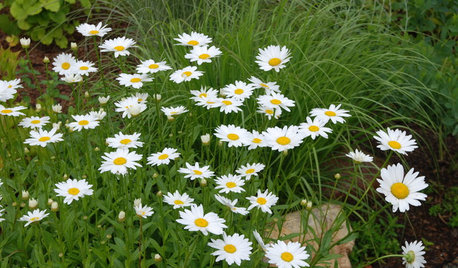
FLOWERSBest Cutting-Garden Beauties for Late Summer
Pick blooms bursting with color or in classic white for bouquets to give away or keep all to yourself
Full Story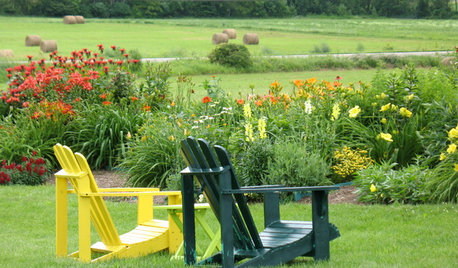
NORTHEAST GARDENINGNortheast Gardener's July Checklist
Fire up your garden with sun-loving yellow and red blooms to put you in a party mood for outdoor summer fun
Full Story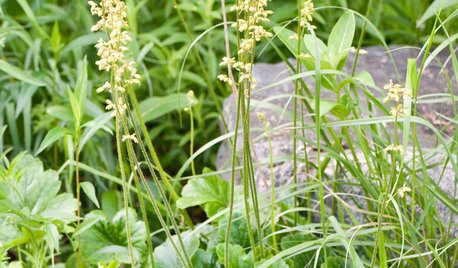
FLOWERS AND PLANTSHeuchera Richardsonii Flourishes in Sunny, Dry Spots
Plant Richardson’s alumroot for spring blooms in north-central perennial gardens, rock gardens and informal prairie plantings
Full Story0






carnivorousplants
mutant_hybrid
Related Professionals
Belmont Landscape Architects & Landscape Designers · Foothill Ranch Landscape Architects & Landscape Designers · Richmond Heights Landscape Architects & Landscape Designers · Maple Heights Landscape Architects & Landscape Designers · Surprise Landscape Contractors · Bellefontaine Neighbors Landscape Contractors · New Baltimore Landscape Contractors · New Brighton Landscape Contractors · Paso Robles Landscape Contractors · Seminole Landscape Contractors · Streamwood Landscape Contractors · Waterford Landscape Contractors · Hawaiian Gardens Landscape Contractors · Agoura Hills Stone, Pavers & Concrete · Fallbrook Swimming Pool Builderscarnivorousplants
mutant_hybrid
daveyjonesOriginal Author
mutant_hybrid
petiolaris
daveyjonesOriginal Author
mutant_hybrid
daveyjonesOriginal Author
daveyjonesOriginal Author
petiolaris
mutant_hybrid
daveyjonesOriginal Author
carnivorousplants
mutant_hybrid
petiolaris
daveyjonesOriginal Author
petiolaris
daveyjonesOriginal Author
mutant_hybrid
petiolaris
daveyjonesOriginal Author
carnivorousplants
daveyjonesOriginal Author
mutant_hybrid
carnivorousplants
daveyjonesOriginal Author